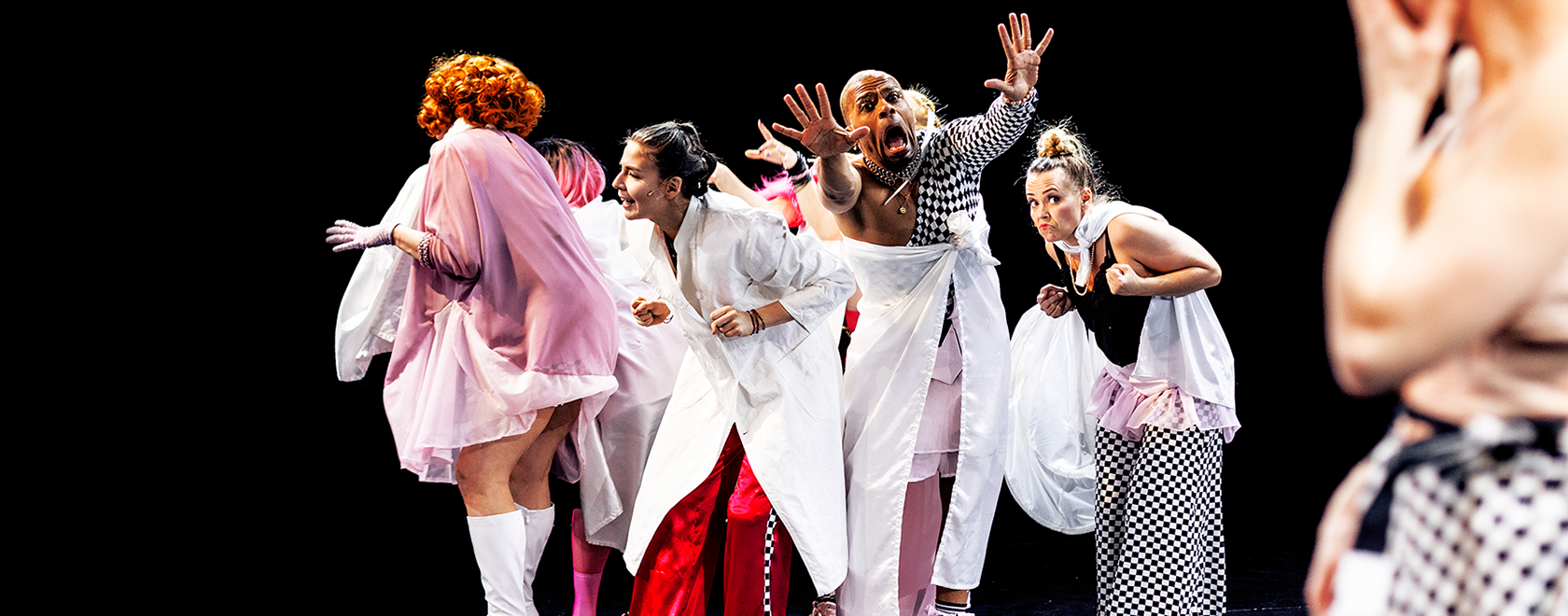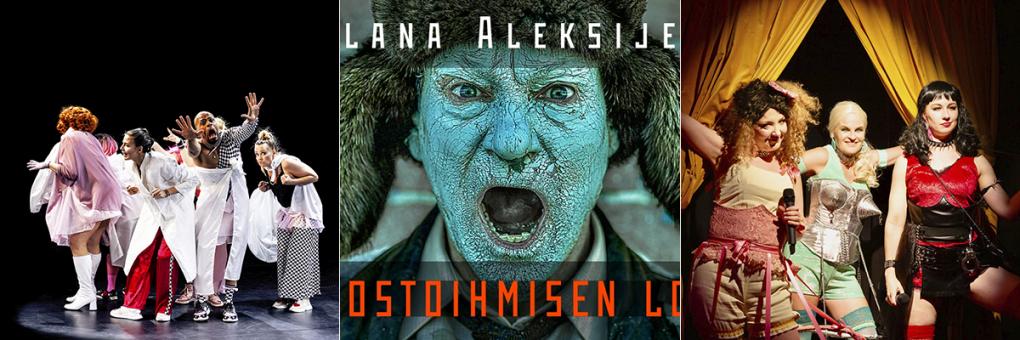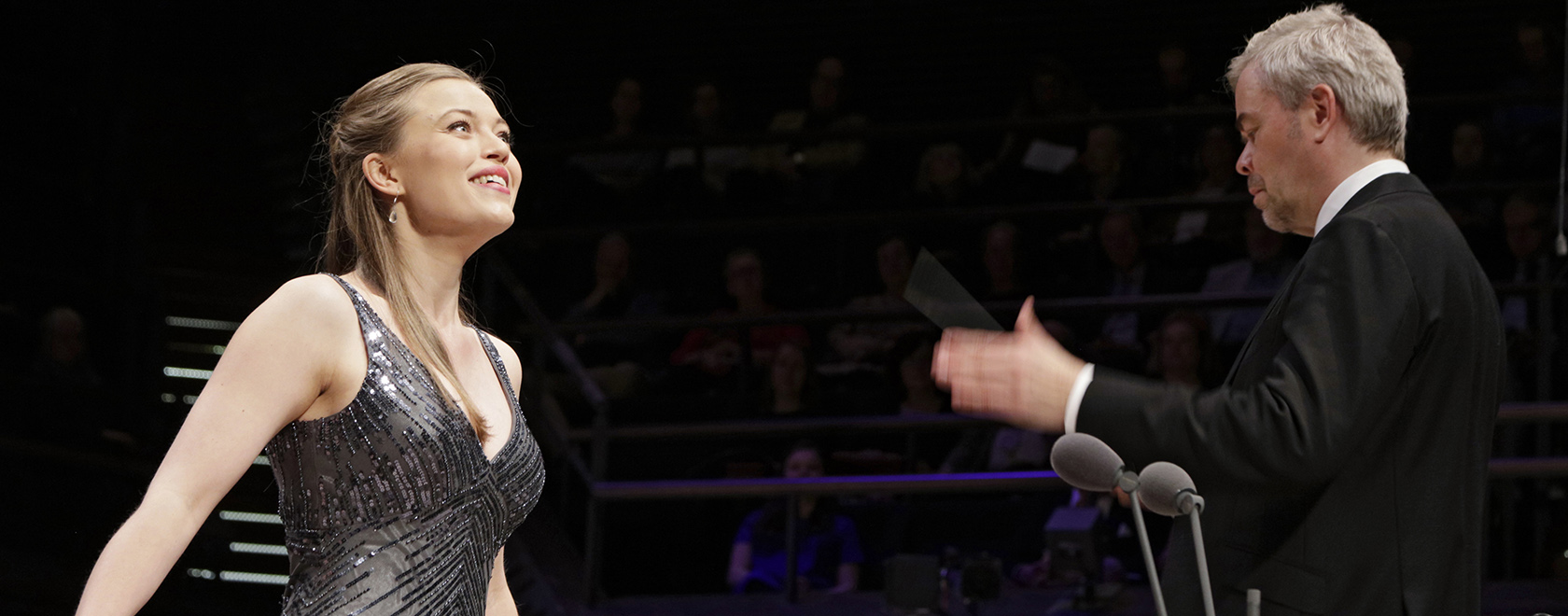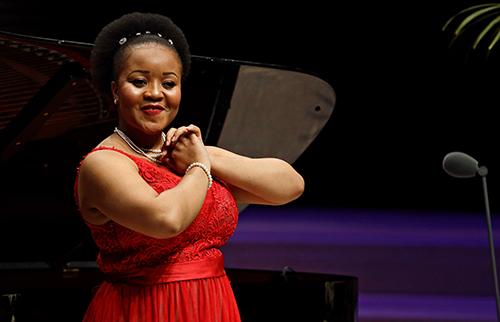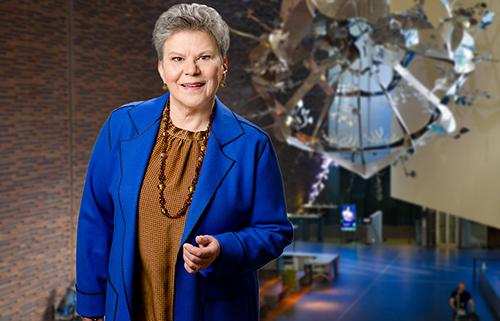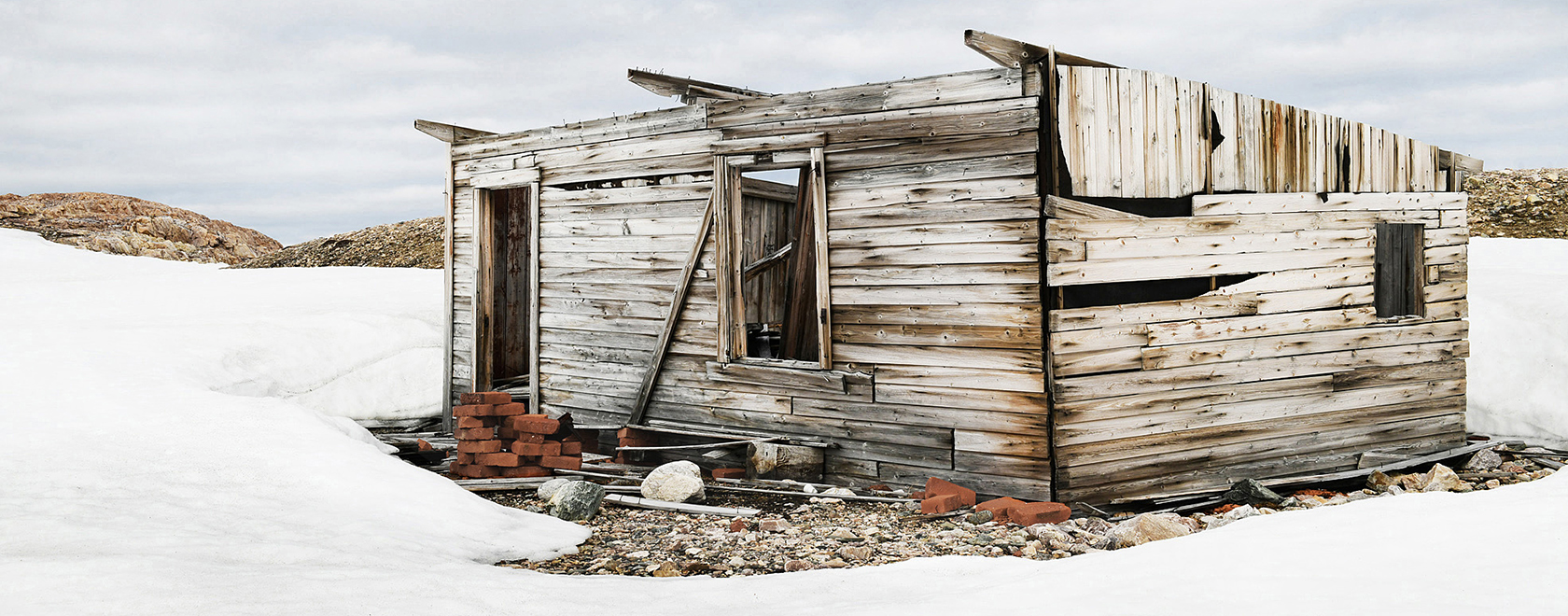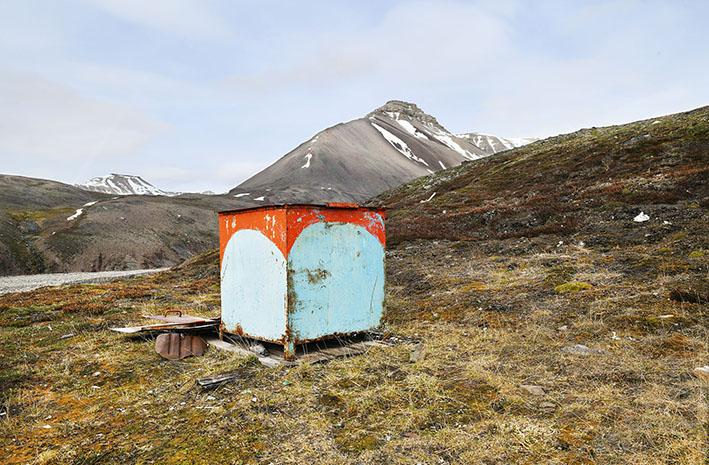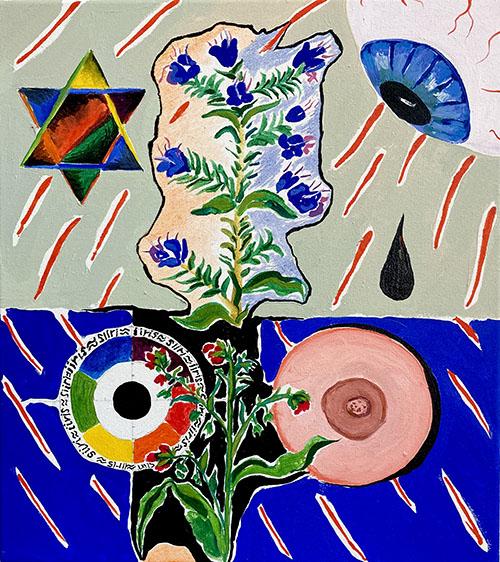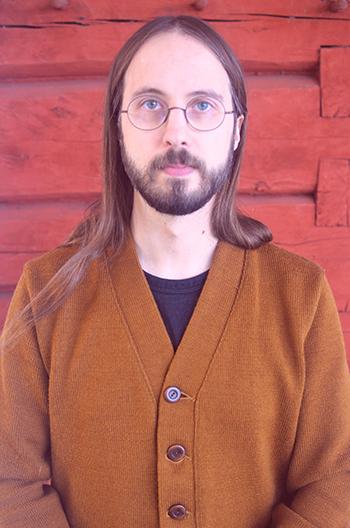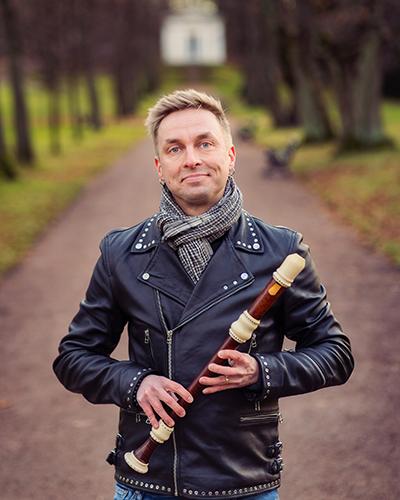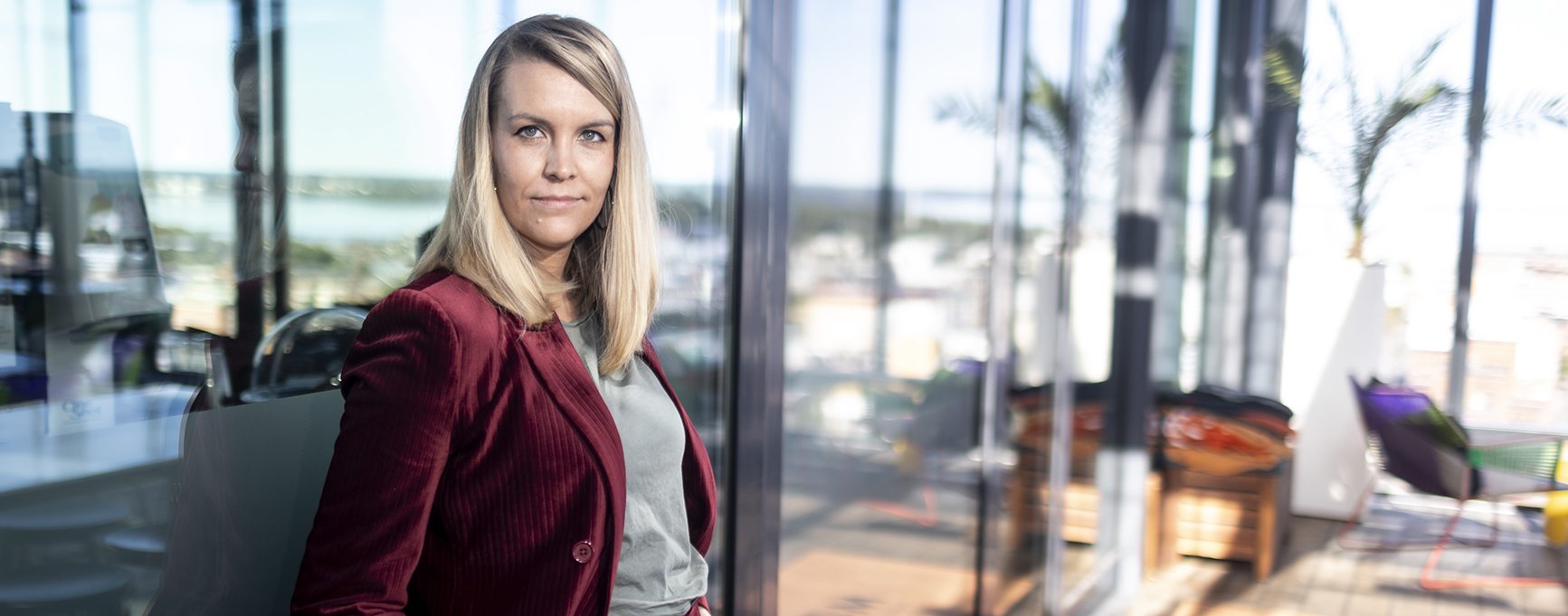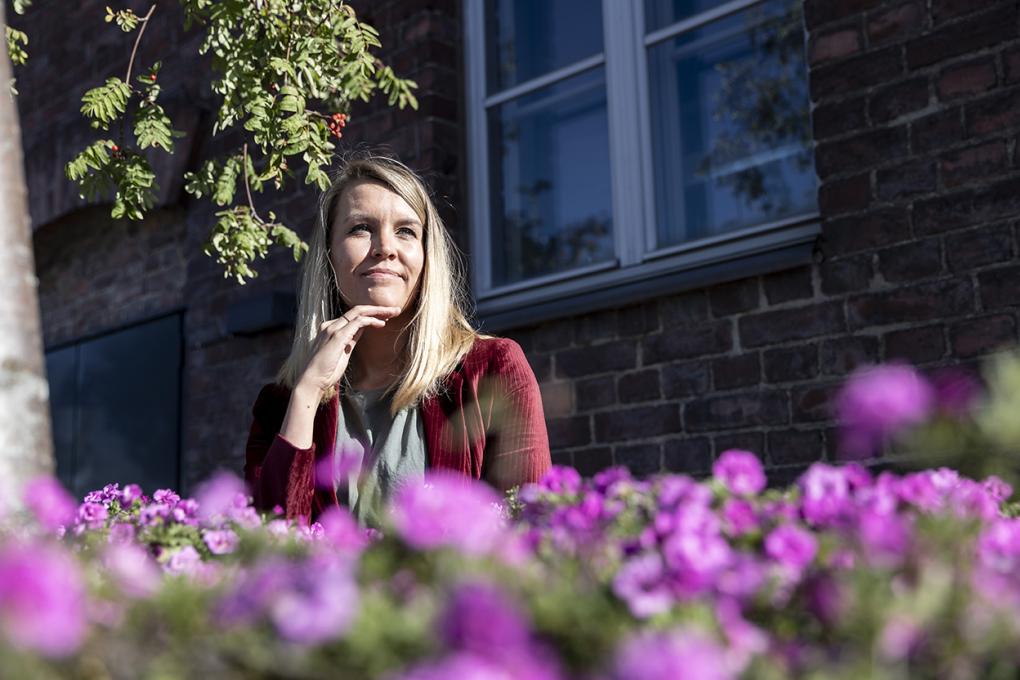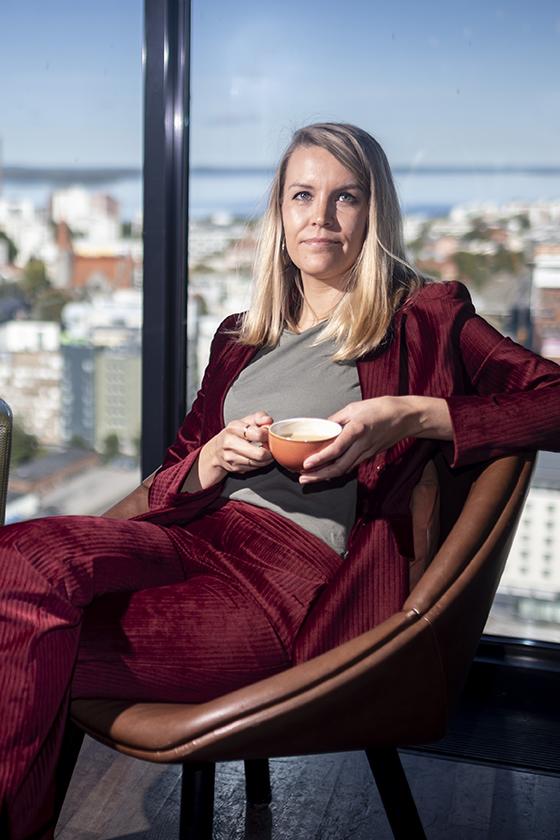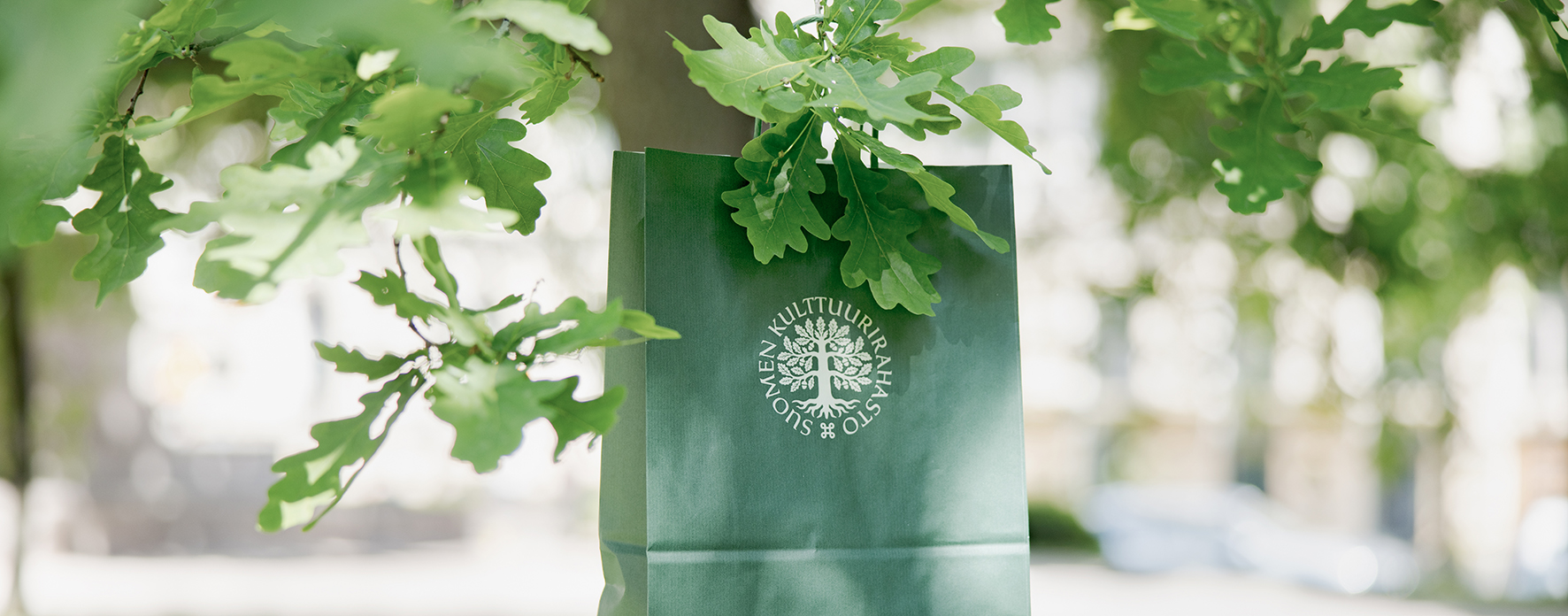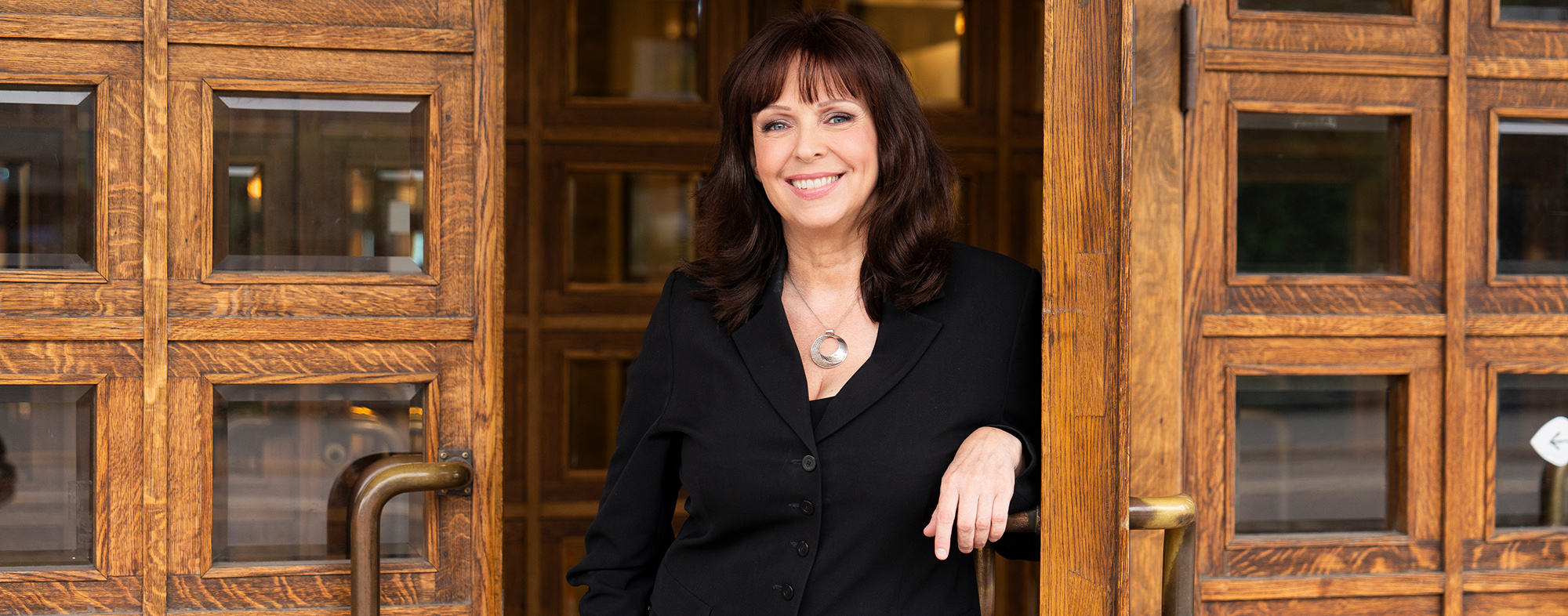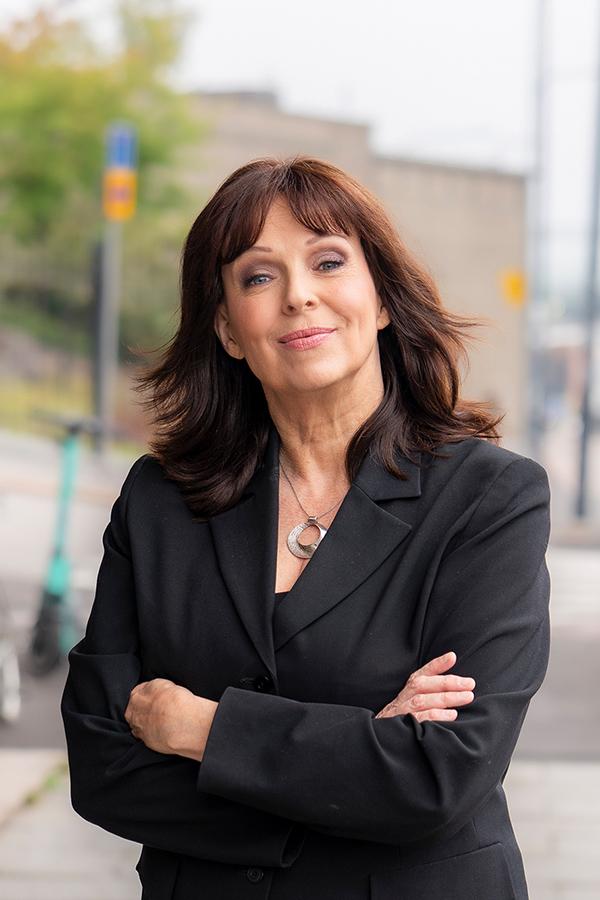Your Excellency, Distinguished Guests,
According to an ancient story, humanity was the result of a peculiar mistake.
Two Titans, Prometheus and Epimetheus, were tasked with shaping creation using gifts granted by the gods. Epimetheus, known for his shortsightedness, got straight to work. He distributed various gifts to animals to ensure their survival in nature.
To the turtle, he gave a hard shell for protection, to the bear a thick and warm coat for cold conditions. He gave birds wings so they could fly. To the lions and tigers, he provided sharp claws and teeth, making them powerful hunters.
Epimetheus, however, failed to consider the limited nature of resources. When it was humanity’s turn, the chest turned out to be empty. In the midst of nature, humans were left vulnerable and helpless.
Epimetheus’ brother, Prometheus, was not as helpless: he shaped humanity in the likeness of the gods, teaching them agriculture and the domestication of animals. Since Prometheus could not provide humans with physical protection, he asked Zeus for permission to give them fire.
When Zeus declined, Prometheus defiantly disregarded the gods’ wishes by stealing fire and bestowing it upon humanity.
Zeus was enraged and punished Prometheus by chaining him to a rock, where an eagle would eat his liver every day.
The narrative surrounding Prometheus frequently serves as a metaphor for humanity’s relationship with technology. Given the absence of natural protective mechanism, human beings are compelled to contend for their place in the world by employing tools.
But what if the myth’s underlying message is not about technology, that is, mastering the earth or the animal kingdom?
What if we read it as a reminder of humanity’s fundamental incompleteness, manifesting itself in deficiency and imperfection?
Furthermore: what if the significance of science, art, and culture in our time has to do with the way we remind ourselves of this fact – of our own openness and incompleteness?
***
Distinguished Guests,
The topic of my speech – democracy and Bildung (education, civility) – may seem outdated, perhaps even pretentious, in this day and age. Many say that the time for speeches – ceremonial speeches in particular – is over. Europe is being called to action and increase its competitiveness, to prepare for crises. Enough of talk, now it’s the time to show strength.
Yet, it is also clear that the current political crisis on a global scale is also a crisis of democracy. This crisis is deepened by internal challenges within Western societies – structural changes in the economy, the concentration of wealth, and the polarized discourse on social media.
While for some, the climate change brings the planetary crisis closer, for others economic changes and demographic challenges – the fear of losing one’s nation or culture – increase insecurity and anxiety. Nostalgia has become a dominant experience on both sides.
But a key indication of the existence of a Western “community of values” is the striking similarity in the way this crisis plays out in the United States and in Europe. The future seems to be disappearing.
Precisely for this reason, we must discuss democracy not only as a form of governance but as a way of orienting towards the future.
***
Let us begin with democracy.
As I have argued in my book, The Time of Democracy (Demokratian aika), modern democracy emerged from a specific experience of time. The roots of this experience can be traced back to early modern republican thought, which was the first to break away from both the cyclical time of antiquity as well as Christian eschatology (salvation history).
According to a new conception characteristic of the city-states of Italy, the foundation of politics was not found in nature or God but in history, in human activity. Since political institutions and laws were historically formed – that is, human creations – they could also be transformed.
The way to the future was to go through the past.
With thinkers such as Niccolo Machiavelli, history became a central element of the new autonomy of the political, its self-identity. Politics was now seen as something practised in time – in a historical context. Instead of following a pre-established blueprint, politics came to be defined by constantly changing social relations.
Struggle became the essence of politics.
This new republican thought made the future unpredictable and capable of generating new meanings and structures of meaning. It also inspired revolutionary thought of the 18th and 19th centuries. As Thomas Paine, one of the founding fathers of the United States, put it:
“We have it in our power to begin the world over again.”
Democracy became a name for this idea of new beginnings. Instead of eternal ideas, it was defined by the ability to learn from history.
The 20th century undeniably advanced democracy, establishing it as a widely accepted principle, but this progress was not without challenges. Democracy gradually evolved into an ideology of stability, losing much of its capacity for change and innovation.
This shift was particularly evident within the tradition of liberalism, which reframed democracy as a timeless ideal rooted in an unchanging human nature rather than the ability to learn from history. The end of the Cold War seemed to cement this perception, presenting democracy as the final stage of historical development, detached from cultural evolution and historical change.
And what about Bildung?
Contrary to popular belief, democracy was not solely a product of the Enlightenment. Its rise was significantly influenced by Romanticism, Enlightenment’s counter-movement, that introduced individuality into the core of political thought. While Enlightenment theorists approached democracy primarily as an idea guided by unanimity or the “general will”, Romantic currents shifted the focus to the individual and their personal relationship with the world.
Disagreement became fundamental to democracy.
A crucial aspect of this culture of individuality was a new notion of human growth, described by Romantic philosophers as Bildung (education or cultivation). According to this idea, human nature was not a predetermined thing but something that is shaped by culture, community, and political orders.
While Romantic art gradually moved away from imitation, celebrating the creative genius instead, humanity itself began to appear in the light of openness and indeterminacy.
As J.V. Snellman stated:
“The essence of true humanity cannot be measured by natural qualities but should be sought in the perfection that humanity strives for.”
***
Distinguished Guests,
We live in a time when science, art, and culture are on the defensive. This is particularly true for such scientific research that does not directly translate into product development or innovation. For art and culture, amid cuts, the urgency is even greater.
It is understandable that new foundations are now sought in security and crisis management. Science and art have become sources of “mental resilience”.
However, I would like to remind you of another role – the role of culture and science in nurturing the incompleteness and imperfection that are central to democracy and Bildung.
Science and culture remind us that the world is not ready. They show that our political systems are imperfect, but their history offers lessons that enable new visions for the future.
Distinguished Guests,
The role of science and art today is therefore twofold. It teaches us about ourselves, gives us a glimpse of history and helps us to understand its randomness – the human factor in history.
On the other hand, science and art reach out in the other direction: they open up new worlds and possibilities, showing us how things could be.
But above all, like the myth of Prometheus, they tell the story of the human being as an unfinished, open creature.
There is no democracy without the experience of time – without the idea of the future as a realm of possibility, of human activity. But neither can democracy exist without history, without the guidance and inspiration our past offers. The key challenge is how we can resist the temptation to see history only as repetition and sameness – to use history also to open up new futures.
As Mark Twain once said:
“History never repeats itself, but the kaleidoscopic assemblages of the present often seem to be constructed from fragments of ancient legends.”
I thank you for your attention.
